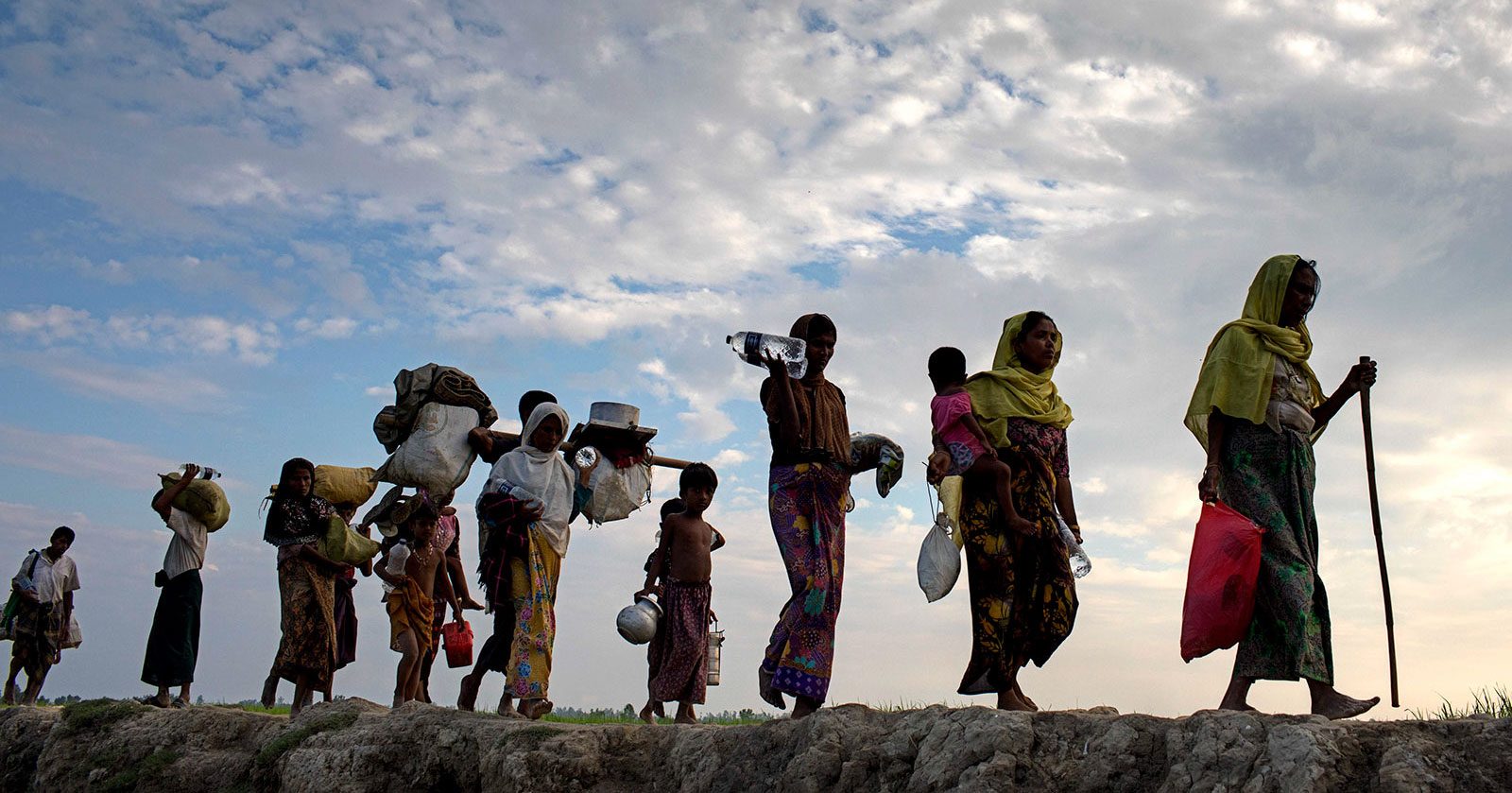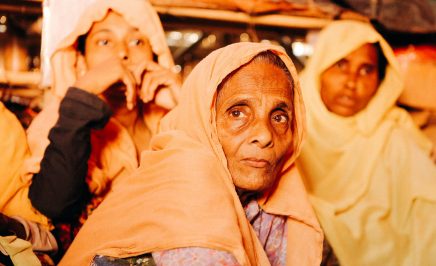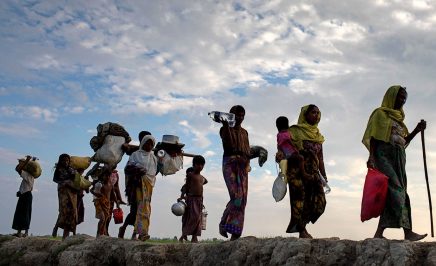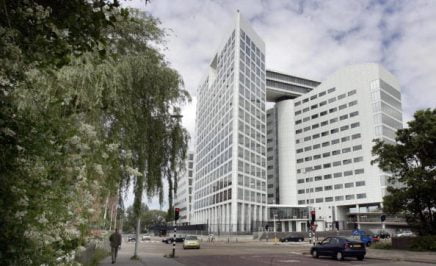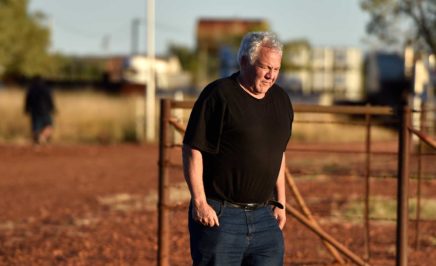The Rohingya refugees in Bangladesh have yet to come to terms with the trauma they had experienced in Myanmar. Multimedia Producer Ahmer Khan visited Cox’s Bazar to document in photographs the Rohingya people with what they held dearest to them during their troubled escape from home. Words by Saad Hammadi, Amnesty International South Asia Campaigner.
Last November, when word spread of a possible repatriation of a few thousand Rohingya refugees, hundreds sought sanctuary in other camps in Cox’s Bazar to escape a forced return and avoid being identified.
In the desperately overcrowded camps across Ukhiya in Cox’s Bazar, many Rohingya refugees have still not recovered from the trauma they experienced in Myanmar. That painful escape from home still haunts them.
On 25 August 2017, Myanmar’s military launched a deadly crackdown on the Rohingya people from the country’s northern Rakhine state. Homes were razed, villages burned down, women and children raped, and thousands killed in grisly crimes against humanity.
The military crackdown prompted more than 720,000 Rohingya men, women and children to flee their homes and seek refuge in Bangladesh. Many of these people have fled their homes with whatever they could put together, starved, as they walked through the hills across Maungdaw and Buthidaung townships to finally reach Tombroo, Teknaf, Shah Pari Dweep and other bordering areas of southern Bangladesh.
When the security forces came for them, the only option for many was to get away on foot. Even as the hundreds of thousands made it to Bangladesh, some however, succumbed to their wounds and illness on their way.
Amina Khatoon, 40, used a split bamboo pole to shoulder her ailing mother, with the support of a cloth tied to it. Her mother passed away before they could reach Bangladesh. The remains of the bamboo pole is all she has to remember her.
Many refugees who made it to Bangladesh hold smallest of their possessions close to their heart. In the sudden exodus, a few carried with them just a Quran, a few their identity cards.
Others brought with them essential items such as a cooking pot or the stick that had helped 100-year-old Naseema Khatoon make the arduous journey.


In Ukhiya, for days many were stranded in the forests on the two sides of the highway. They had finally managed to squeeze themselves into the already overcrowded Balukhali and Kutupalong camps. The refugees have settled for the smallest of space that they could find for themselves to spend the nights in the threadbare camps on the mud mounts in the hill areas.
The makeshift homes built using tarpaulins and bamboos make a temporary shelter of roughly 20 to 35 square-feet each, for about four to 10 members of a Rohingya family. The camps are densely populated with 60,000 to 95,000 people per square kilometre, even more than the most densely populated cities in the world today. There are close to one million Rohingya refugees in the camps stretched across 6,000 acres, making the camps near Cox’s Bazar the largest refugee camp in the world.
Bangladesh has generously allowed a huge population of the refugees into the country despite its own economic and demographic challenges. It is a low-income country and world’s most densely populated. The only space for the refugees could be found when the authorities cut down forests in the hills of Cox’s Bazar.


The International Criminal Court has launched a preliminary investigation into the deportation of the hundreds of thousands of the Rohingya refugees from Myanmar into Bangladesh. It is critical that the international bodies continue their efforts to bring the perpetrators of the crimes committed against the Rohingya people in Myanmar to accountability.
In the meantime, until the conditions are safe, voluntary, dignified and sustainable for the Rohingya refugees to return to their homes, the international community must take shared responsibility for the fate of the Rohingya people. While their efforts must afford Bangladesh with financial and technical assistance to tackle the crisis, countries must look at the potential of the Rohingya people as part of third country relocation in the event of a long-term crisis situation, where judicial investigation and justice for the Rohingya can take time and a repatriation may be too soon, too dangerous.


Follow Ahmer Khan on Twitter: @ahmermkhan
